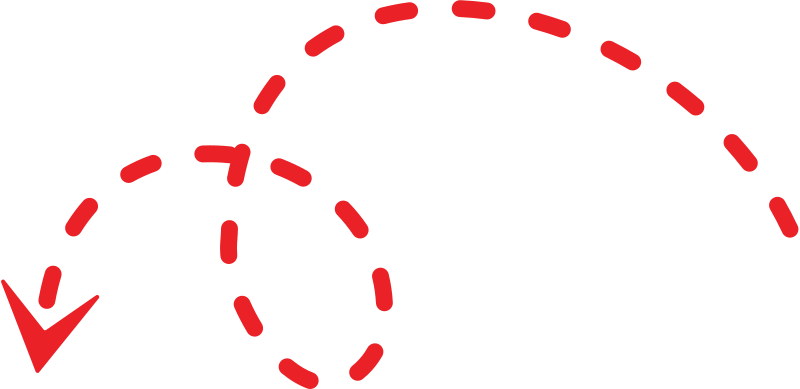
We talk about innovation like it’s magic. A great idea. A flash of inspiration. A visionary leader who sees the future before the rest of us catch up.
But inside most organisations, innovation doesn’t die from a lack of ideas. It dies in the process.
There are too many approvals. Too little clarity. Too many assumptions. And too few people are willing to ask the hard question: what would have to be true for this to work?
Innovation inside a large enterprise isn’t about having better ideas. It’s about having a better system for turning those ideas into decisions.
That’s what this episode of Transformation 2.0 is really about.
Most organisations talk about innovation as a priority. But in practice, it’s often underfunded, misaligned, and full of friction.
Why? Because the traditional ways we evaluate success don’t apply to early-stage ideas.
We want numbers when there’s only hypotheses. We want certainty when the whole point is to explore the unknown.
And most dangerously—we assume that success should feel like forward momentum.
But in real innovation, progress often looks like this:
In innovation, speed doesn’t mean success. Learning does.
Innovation is a discipline. The best teams apply structure, not guesswork.
Inside W. L. Gore & Associates—a company known for both its materials science breakthroughs and its values-driven culture—innovation follows a repeatable, scalable process. Here’s what that looks like in practice:
Every new opportunity is built on a set of beliefs. Gore teams focus first on what they call “deathblow assumptions”—the critical unknowns that would kill the idea if proven false. Those are tested first.
Success isn’t measured in pitch decks. It’s measured in what you learn. That means quick pilots, early user feedback, and building just enough to test your assumptions—not impress stakeholders.
The longer a team spends validating an idea, the more emotionally invested they become. At Gore, experiments are time-bound. If you can’t get the data you need in a set window, you move on.
One of the biggest myths in innovation is that the best ideas win.
But inside most organisations, the best-aligned ideas win—the ones that connect to top-level strategy, engage stakeholders early, and navigate internal systems skillfully.
This means innovation leaders need more than creativity. They need:
Innovation isn’t about getting everyone excited. It’s about helping the right people make better decisions.
If your organisation is struggling to turn ideas into outcomes, here’s what to shift:
Don’t reward polished presentations—reward useful learnings. Build in stage gates, test frameworks, and feedback loops that focus on clarity, not certainty.
Success isn’t just about launching. It’s also about walking away from ideas that don’t work. Create a culture where ending a project is a win if it saves time and resources.
Innovation can’t succeed in a vacuum. Make sure the people supporting the work—sales, operations, finance—have a reason to get on board.
A great pilot with honest feedback is more valuable than a perfect prototype with no customer insight. Measure learning, not polish.
Innovation inside enterprises is hard. It’s messy. It’s political. And it often fails.
But it doesn’t have to.
With the right structures, decision-making rhythms, and cultural norms, large organisations can be just as nimble as startups—and far more impactful.
The key isn’t having more ideas. It’s knowing how to test them, challenge them, and let go of them when the data says it’s time.
Because innovation isn’t about belief. It’s about evidence.
🎧 Reinventing Industrial Strategy in a Digitally Connected World
Learn how systems-driven innovation works inside one of the world’s most consistently inventive companies.
